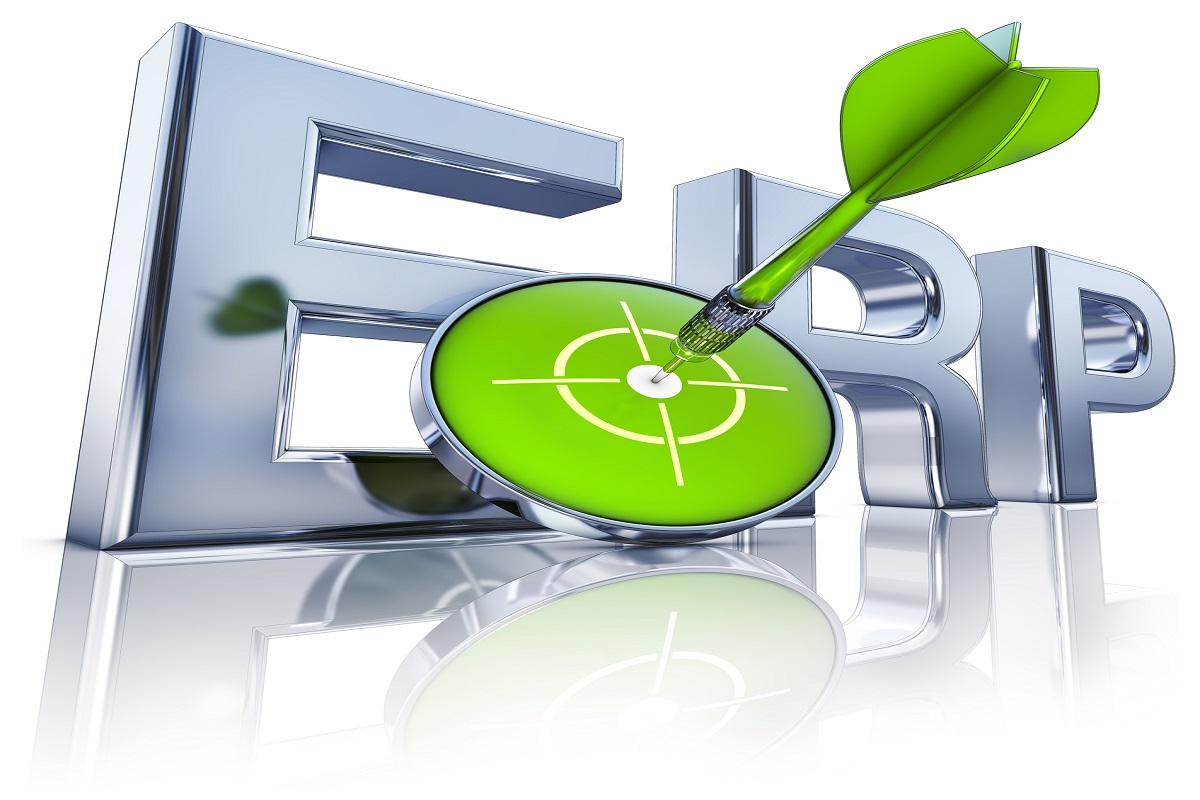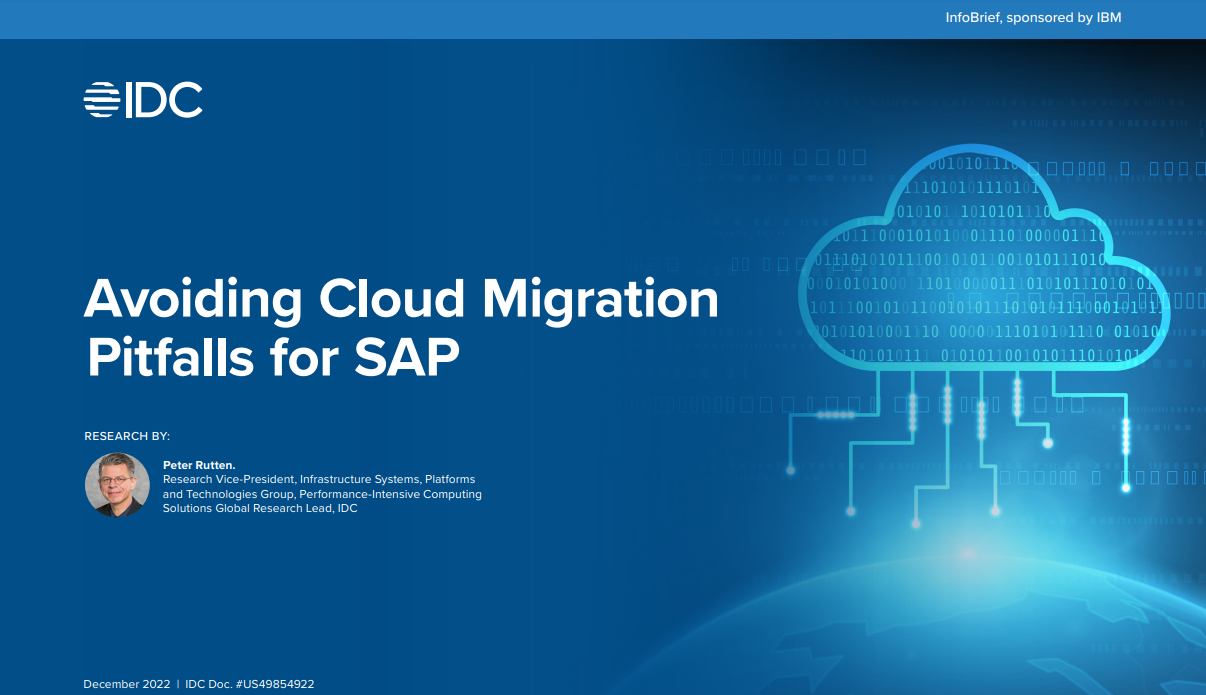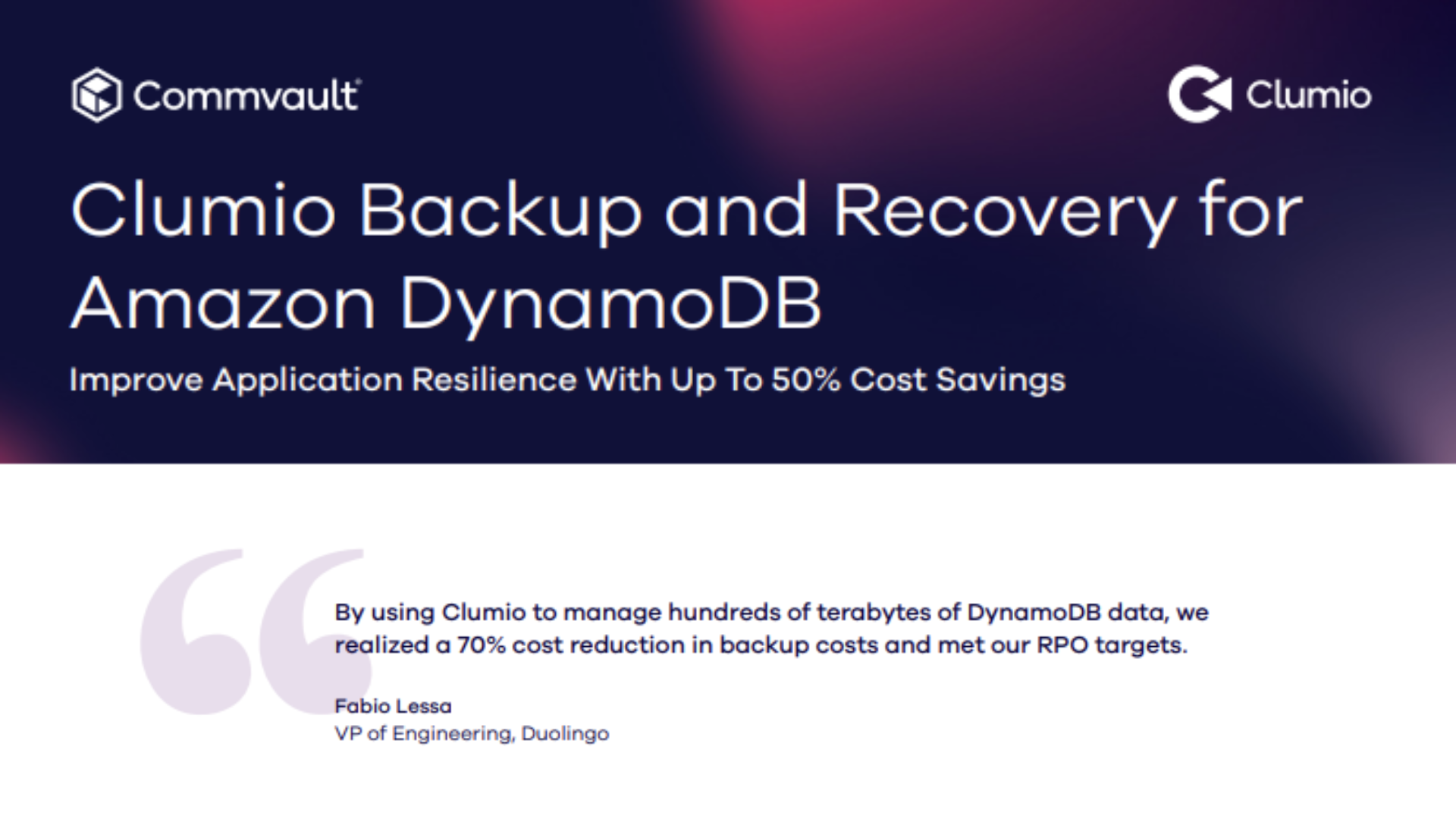NetSuite SuiteWorld: omni-channel ERP for the Internet of Things
Adrian Bridgwater looks back on NetSuite's recent user conference to put the announcements in context...

- B2B - Business to Business
- B2C - Business to Consumer
- B2B2C Firm A to partner firm B and then on to consumer
- G2G Government to Government (public body agencies acting like cloud hosting and or application suppliers in their own right)
- X2X Machines to Machines inside the Internet of Things
Flat design for aesthetic simplicity
Moving from conceptual big picture to solid product news, key announcements at this year's show initially kicked off with the firm's re-architecting of its core UI presentation layer. NetSuite says it has spent three years in the design process and now uses what it calls flat design', a strategy function intended to emphasise crispness and clarity. What this actually means is the use of easy-to-read fonts, attractively redesigned icons and graphics, increased whitespace and greater aesthetic simplicity.
In terms of break out sessions and seminars there was something for everyone this year. Technical know-how discussions analysed how firms might achieve better website performance by looking at the real guts of what they present online. Jeff Binder, cell leader for ecommerce performance and scalability at NetSuite explained that every HTML page is made up of a number of http requests which will be made to the server and the total size of the page determines the number of requests made.
This means that web architecture is more important than many companies may have considered. The average number of requests for an average page is around 100, so any website making 200 requests will never be fast inside current web construction paradigms.
Binder urged audience members to look at Apple's web pages for Store, Mac and Support and so on as these make less than 50 requests. Simplicity (and connection speed too of course) counts, it appears.
Sign up today and you will receive a free copy of our Future Focus 2025 report - the leading guidance on AI, cybersecurity and other IT challenges as per 700+ senior executives
-
 How Crew Clothing went mobile to turn around a struggling business
How Crew Clothing went mobile to turn around a struggling businessCase Study Mobile sales tech unleashed a tide of change, buoying further growth across the UK coast-inspired casualwear chain
-
 The Total Economic Impact™ of SAP finance transformation services with TruQua
The Total Economic Impact™ of SAP finance transformation services with TruQuaWhitepaper Business benefits and cost savings enabled by accelerating the SAP central finance transformation
-
 Avoiding cloud migration pitfalls for SAP
Avoiding cloud migration pitfalls for SAPWhitepaper Determining the best approach to SAP HANA
-
 What to expect from Oracle CloudWorld 2022
What to expect from Oracle CloudWorld 2022Opinion Larry Ellison and co are heading to Las Vegas for a rebranded cloud-centric show
-
 Microsoft announces Teams chat integration for Dynamics 365
Microsoft announces Teams chat integration for Dynamics 365News The integration offers features to streamline collaboration between teams while aiming to enable the faster closing of sales
-
 Unit4 acquires Scanmarket to bolster ERP suite
Unit4 acquires Scanmarket to bolster ERP suiteNews The acquisition aims to extend Unit4’s transactional procurement functionality and provide more benefits for its customers
-
 ERP transformation timeframes cut from years to weeks
ERP transformation timeframes cut from years to weeksNews Businesses are no longer questioning the value of digitisation, SAP execs say, but the c suite is still holding things back
-
 The innovator’s shift to composable ERP
The innovator’s shift to composable ERPWhitepaper How to modernise with as little risk as possible

